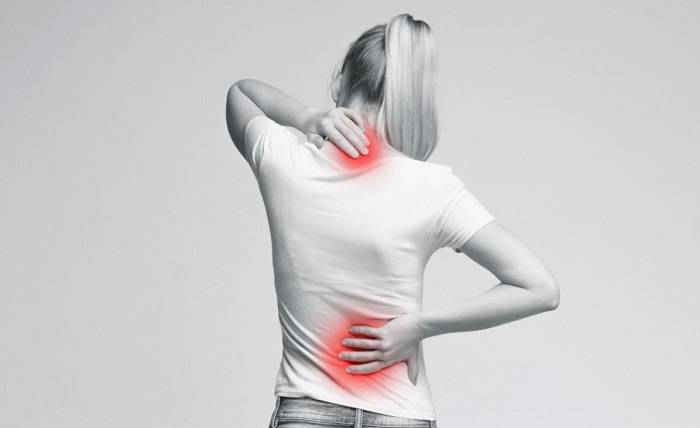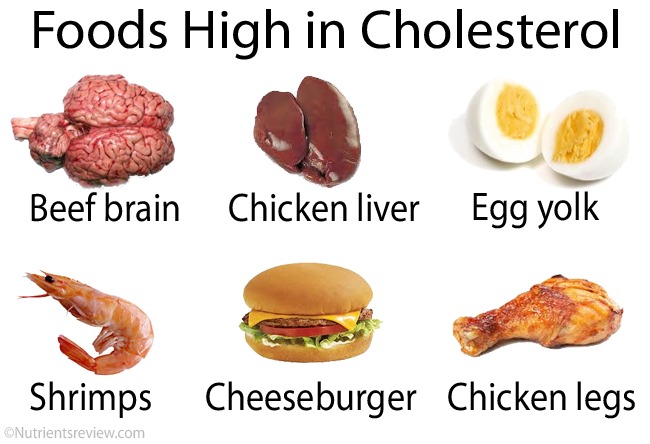Everything You Need to Know About Pain Relief Basics

Pain is a universal human experience. Whether it’s a headache, a muscle ache, or chronic pain conditions, we all encounter pain at some point in our lives. The quest for pain relief has driven scientific research and the development of various treatments and remedies. In this comprehensive guide, we will explore the basics of pain relief, from understanding the different types of pain to exploring various methods and products as pain relief options.
Understanding Pain
Pain is a complex and subjective sensation that serves as a crucial survival mechanism. It alerts us to potential harm or injury and encourages us to take action to prevent further damage. Pain can be broadly classified into two main categories: acute pain and chronic pain.
Acute Pain: Acute pain is typically short-lived and often the result of injury or tissue damage. It serves as a warning sign to protect the body. Examples of acute pain include a stubbed toe, a paper cut, or post-surgical pain. In most cases, acute pain resolves as the body heals.
Chronic Pain: Chronic pain, on the other hand, persists for an extended period, usually for three months or more, and often has no clear underlying cause. It can significantly impact a person’s quality of life and may be associated with conditions like arthritis, fibromyalgia, or neuropathy.
Common Pain Relief Methods
Pain relief methods can range from simple home remedies to pharmaceutical interventions. The choice of treatment depends on the type and severity of pain, as well as individual preferences and medical considerations. Here are some common pain relief methods:
-
Over-the-Counter (OTC) Medications: Non-prescription pain relievers such as acetaminophen (Tylenol) and non-steroidal anti-inflammatory drugs (NSAIDs) like ibuprofen (Advil) or naproxen (Aleve) are readily available for mild to moderate pain. They work by reducing inflammation and blocking pain signals.
-
Prescription Medications: For more severe or chronic pain, healthcare providers may prescribe stronger medications like opioids or muscle relaxants. It’s important to use these medications only under a doctor’s guidance due to their potential for addiction and side effects.
-
Physical Therapy: Physical therapy involves exercises and techniques to improve mobility and reduce pain in conditions such as musculoskeletal disorders and injuries.
-
Heat and Cold Therapy: Applying heat or cold to the affected area can help alleviate pain. Heat relaxes muscles and improves blood flow, while cold reduces inflammation and numbs the area.
-
Lifestyle Modifications: Lifestyle changes like maintaining a healthy weight, regular exercise, and a balanced diet can help manage chronic pain, especially in conditions like osteoarthritis.
-
Alternative Therapies: Some individuals find relief through alternative therapies such as acupuncture, chiropractic care, or massage therapy. These approaches may help manage pain and improve overall well-being.
-
Delta 8 Gummies: Delta 8 THC, a derivative of hemp, has gained attention as a potential pain relief option. While more research is needed to understand its full potential, some users have reported positive effects on pain relief and relaxation.
Delta 8 THC, short for delta-8 tetrahydrocannabinol, is a cannabinoid found in small amounts in the hemp plant. It is chemically similar to Delta 9 THC, the psychoactive compound in marijuana, but it is milder in its psychoactive effects. Delta 8 THC has gained popularity for its potential therapeutic benefits, including pain relief, without the intense “high” associated with Delta 9 THC.
Here’s what you need to know about Delta 8 THC and its potential as a pain relief option:
-
Mechanism of Action: Delta 8 THC interacts with the body’s endocannabinoid system (ECS), which plays a crucial role in regulating various physiological processes, including pain perception. By binding to cannabinoid receptors in the ECS, Delta 8 THC may modulate pain signals and reduce discomfort.
-
Analgesic Properties: Some users have reported that Delta 8 THC provides pain relief, especially for conditions like arthritis, chronic pain, and neuropathy. However, individual responses may vary, and more research is needed to establish its effectiveness.
-
Reduced Psychoactive Effects: Compared to Delta 9 THC, Delta 8 THC is considered to have fewer psychoactive effects. Users often describe it as a more clear-headed and less anxious experience, making it a potentially attractive option for pain relief without significant impairment.
-
Legality: Delta 8 THC’s legal status varies by location. In the United States, it is legal under federal law if derived from hemp with less than 0.3% Delta 9 THC. However, state laws can differ, so it’s essential to check local regulations before purchasing Delta 8 THC products.
-
Product Quality: When considering delta 8 gummies or any Delta 8 THC product, it’s crucial to choose reputable brands that provide lab-tested products. This ensures you are getting a safe and accurately dosed product.
-
Consultation with a Healthcare Provider: If you are considering Delta 8 THC for pain relief, it’s advisable to consult with a healthcare provider, especially if you have underlying medical conditions or are taking other medications. They can provide guidance and monitor your response to the treatment.
-
Start Low and Go Slow: Like any cannabinoid, Delta 8 THC’s effects can vary from person to person. If you decide to try Delta 8 gummies for pain relief, start with a low dose and gradually increase it until you achieve the desired effects.
Other Considerations for Pain Relief
While Delta 8 THC shows promise as a pain relief option, it’s essential to explore other factors that can contribute to effective pain management. Here are some additional considerations:
-
Holistic Approach: Pain management is often most effective when approached holistically. This includes addressing not only the physical aspect of pain but also the emotional, psychological, and social aspects. Techniques like mindfulness, relaxation exercises, and therapy can play a significant role in managing chronic pain.
-
Side Effects: Like any pain relief method, Delta 8 THC may have side effects, including dizziness, dry mouth, and changes in perception. Understanding and monitoring these potential effects is crucial.
-
Individual Variation: Pain perception and response to treatments vary from person to person. What works for one individual may not work for another. Therefore, it’s essential to be patient and willing to explore different options.
-
Legal Considerations: As mentioned earlier, the legal status of Delta 8 THC varies by location. Always ensure you are in compliance with local laws when considering its use.
-
Potential Interactions: Delta 8 THC may interact with other medications you are taking. Discuss any potential interactions with your healthcare provider.
-
Long-Term Effects: While Delta 8 THC appears to have fewer psychoactive effects than Delta 9 THC, more research is needed to understand its long-term effects, especially with regular use.
Conclusion
Pain relief is a fundamental aspect of healthcare, and it encompasses a wide range of methods and approaches. Whether you choose over-the-counter medications, prescription drugs, physical therapy, alternative therapies, or consider Delta 8 gummies as a potential option, the key is to find a pain relief strategy that works best for your individual needs and circumstances.
Remember that pain management often involves a combination of approaches, including lifestyle changes, self-care techniques, and consultation with healthcare professionals. Delta 8 THC is a relatively new player in the field of pain relief, and while it shows promise, further research is necessary to fully understand its efficacy, safety, and long-term effects. As you explore your options, prioritize safety, legality, and consultation with healthcare providers to make informed decisions about pain relief.




